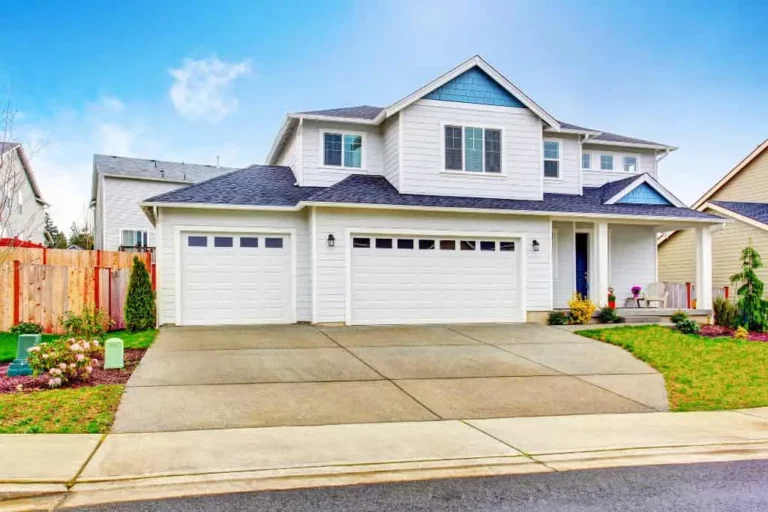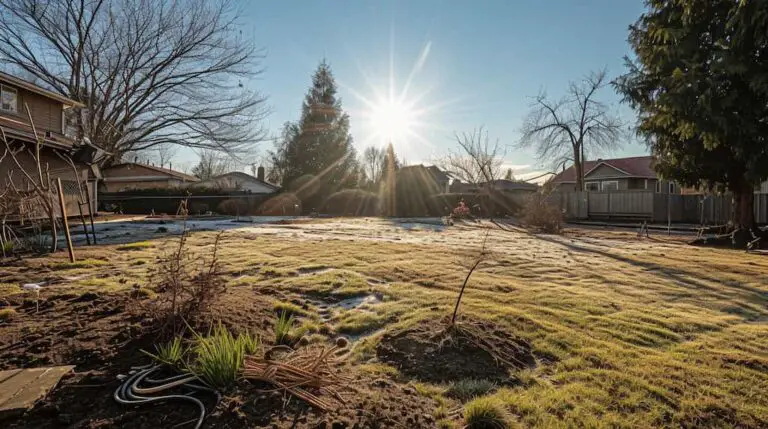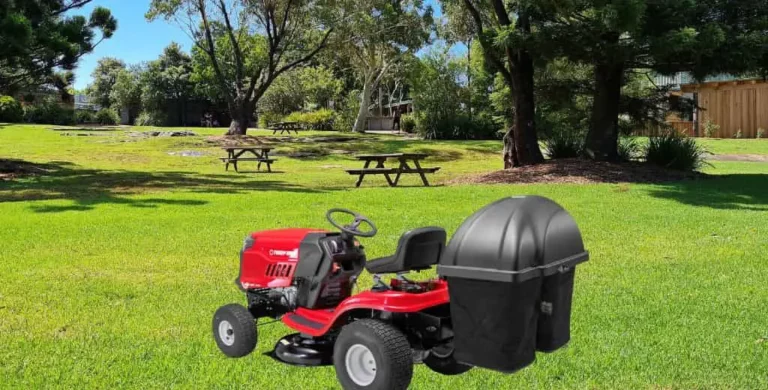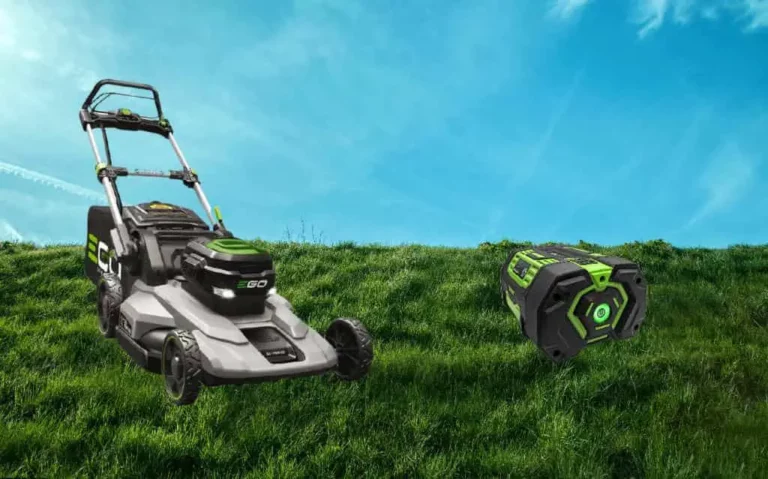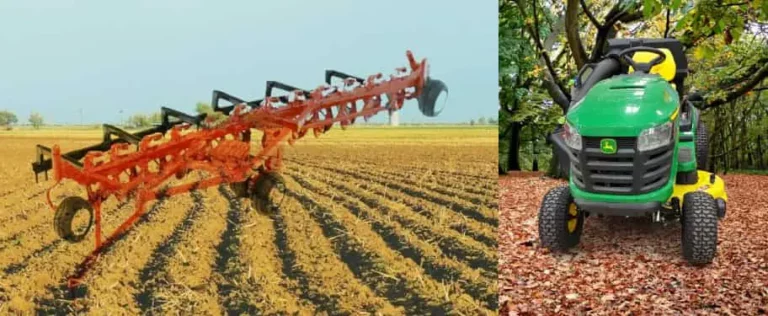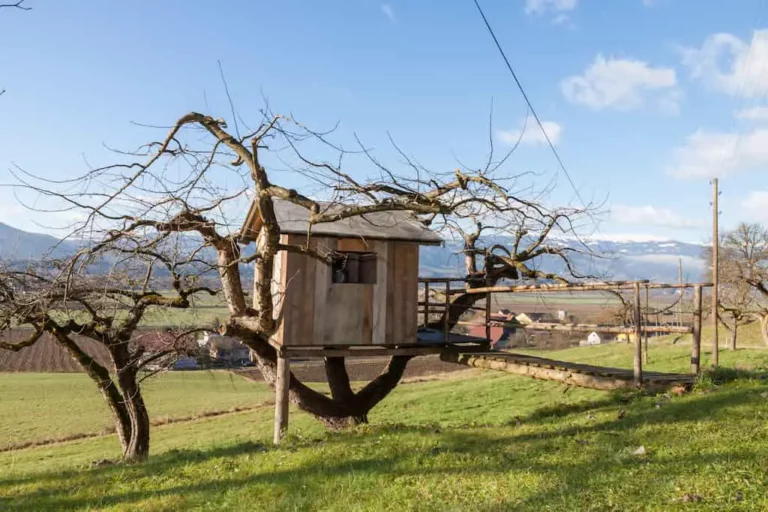Diameter Of Tree For Treehouse
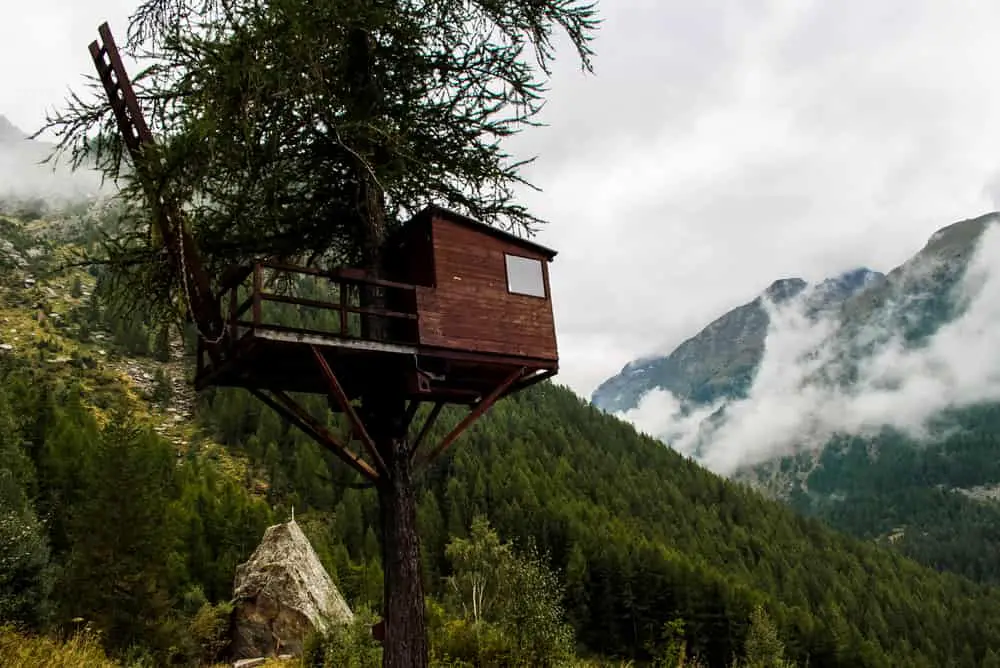
Building a treehouse for your children is often the fulfillment of a childhood dream. A treehouse can provide years of enjoyment for your children and will see its uses morph from fun-filled adventures to tea parties to a clubhouse and finally to a place of solitude for the maturing teenager.
Deciding on the sufficiency of the tree’s diameter to build a treehouse depends on the type of tree you have available and whether you intend to support the treehouse with one of two trees. A single deciduous tree with a trunk diameter of 30–45cm(12-8 inches) is ideal.
The tree you choose for the treehouse should be healthy, have a little movement in the wind, hold tree screws, resist parasites, and be tall enough to make the project worthwhile. The most important feature is having a trunk with a large enough diameter.
Choose The Foundation Tree Of Your Tree House Carefully
As with any building project, get the foundation right, and the rest of the building goes up with little trouble. Get it wrong, and the house will be unstable and require significant maintenance and money to get it right.
The more preparation you make and the better your tree selection, the more successful the treehouse project.
What Trees Are Suitable For A Treehouse?
It’s important to remember that the result of your hard work will be a treehouse, which hopefully will provide years of safe, fun. It will probably be inhabited by your children, their cousins, and friends.
All the decisions you make need to have safety as the primary driver.
It applies particularly to the tree you use.
Hardwood trees are more suitable than softwood trees. The definition of hardwood does not relate to the “hardness” of the wood, but rather whether the wood is deciduous (hardwood) as opposed to evergreen (softwood) trees.
Deciduous trees are slower growing and therefore stronger than evergreens.
The most suitable deciduous trees for treehouse construction are:
- Beech
- Oak
- Lime
- Maple
- Ash
- Elm
- Sycamore
- Chestnut
- Some nut trees
Stay away from trees with a softer wood, such as pine, poplar, or willow trees.
Choose an enormous tree with the widest diameter trunk, which falls into the above categories. If you are forced to use an evergreen tree (because there are no more suitable deciduous variants available), add 50% to the width requirements for the tree trunk.
It will ensure you choose a mature tree. When trees stop growing, they store resources to heal wounds and breaks. It makes them more durable.
The healthy, long-lived hardwood should have a trunk of thirty to forty-five centimeters (12-8 inches) diameter, with load-bearing branches at least twenty centimeters (8 inches) in diameter (larger if the species is a softwood).
If you have a favorite tree on your property, don’t pick it. The process of constructing a treehouse is arduous for the tree, and you don’t want to subject your most treasured tree to that type of risk.
Choose A Healthy Tree
It seems unnecessary to mention this, as a healthy tree is an obvious choice.
It is not always easy to identify a tree in the first stages of a disease. Some clues that all is not well with the tree are:
- The tree has an unhealthy crown (little and irregular foliage)
- There are many dead branches without vegetation
- The ground around the tree has dead branches which have broken off
- Long cracks appear in the trunk
- A sign that pests are taking hold is the presence of unhealthy dying bark
- Holes bored into the trunkare a strong indicator of a pest such as termites or carpenter ants.The prognosis for these infected trees is not good
- If woodpeckers are attacking the tree, there is probably an insect infestation
- There is a lot of moss growing on the trunk and branches
- Look for signs of anthracnose, which will manifest as brown blotches along with the bark of your tree. If the tree suffers from this fungal infection, it will not prove strong enough to support a treehouse
- Tap a hammer against the trunk, and if it makes a “hollow” sound, then all is not well, and you should look for an alternative home for the treehouse
- Many secondary shoots are growing from the center of the trunk
Not only should you check the tree’s condition, but study the area it is growing in because this can provide some clues regarding the tree’s future.
Avoid trees that grow in:
- Very soft soils because these will probably have a weaker root system
- Avoid trees growing in very wet soils or flooded areas
- Avoid trees on steep slopes, which may have compromised root systems
- Avoid trees that have grown in very rocky areas because the roots may not have grown as deep as possible, and the tree may be less stable
- Check the neighboring trees for any fungal or insect infestations. Infestations spread, and it is only a matter of time before the target tree is attacked
- Check for specie specific infections such as ash and elm are susceptible to dieback, chestnut to leaf miner moth, and spruce to bark beetle
- Avoid trees with crooked trunks
- Pick a tree a little away from the regular business of the home, which offers a sense of solitude
If you are unsure about the choice of tree, we strongly suggest that you consult an arborist.
Is It Cheaper To Build A Treehouse?
The cost for a professional firm to build a treehouse on your behalf can be high.
A fully installed smaller, less elaborate treehouse will cost approximately $8,000, whereas the cost of more elaborate units will reach $8,000.
There are also extreme tree house units where owners have paid up to $220,000.
There will be no labor costs if the property owner builds a treehouse using DIY skills. In these instances, costs could range from a low of $300.00 to higher amounts, depending on the level of complexity.
Conclusion
A treehouse will be remembered as a place that provides much enjoyment for your children as they move through the different life stages. Choosing the most suitable and most robust tree will help make this a durable construction that will last through the years.
Check the size, condition, and position of the tree, and be very picky on the one you eventually settle on. If in any doubt, contact an arborist who will be able to advise you on the pros and cons of each tree selection.
